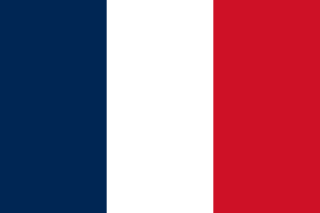| Jumbe | |
|---|---|
| Role | Paraglider |
| National origin | France |
| Manufacturer | Aerodyne Technologies |
| Designer | Michel Le Blanc |
| Status | Production completed |
| Unit cost | €2,408 (Jumbe L, 2004) |
The Aerodyne Jumbe is a series of French single-place and two-place, paragliders that was designed by Michel Le Blanc and produced by Aerodyne Technologies of Talloires. [1]

France, officially the French Republic, is a country whose territory consists of metropolitan France in Western Europe and several overseas regions and territories. The metropolitan area of France extends from the Mediterranean Sea to the English Channel and the North Sea, and from the Rhine to the Atlantic Ocean. It is bordered by Belgium, Luxembourg and Germany to the northeast, Switzerland and Italy to the east, and Andorra and Spain to the south. The overseas territories include French Guiana in South America and several islands in the Atlantic, Pacific and Indian oceans. The country's 18 integral regions span a combined area of 643,801 square kilometres (248,573 sq mi) and a total population of 67.3 million. France, a sovereign state, is a unitary semi-presidential republic with its capital in Paris, the country's largest city and main cultural and commercial centre. Other major urban areas include Lyon, Marseille, Toulouse, Bordeaux, Lille and Nice.

Aerodyne Technologies was a French aircraft manufacturer based in Étrembières and previously based in Talloires. The company specialized in the design and manufacture of paragliders and reserve parachutes.

Talloires is a former commune in the Haute-Savoie department in the Auvergne-Rhône-Alpes region in south-eastern France. On 1 January 2016, it was merged into the new commune of Talloires-Montmin. Due to its setting on Lake Annecy Talloires has become a popular resort town not only since it has been rediscovered by a privileged society of artists and writers but also since the start of the 20th century when the place became a world-renowned location.



